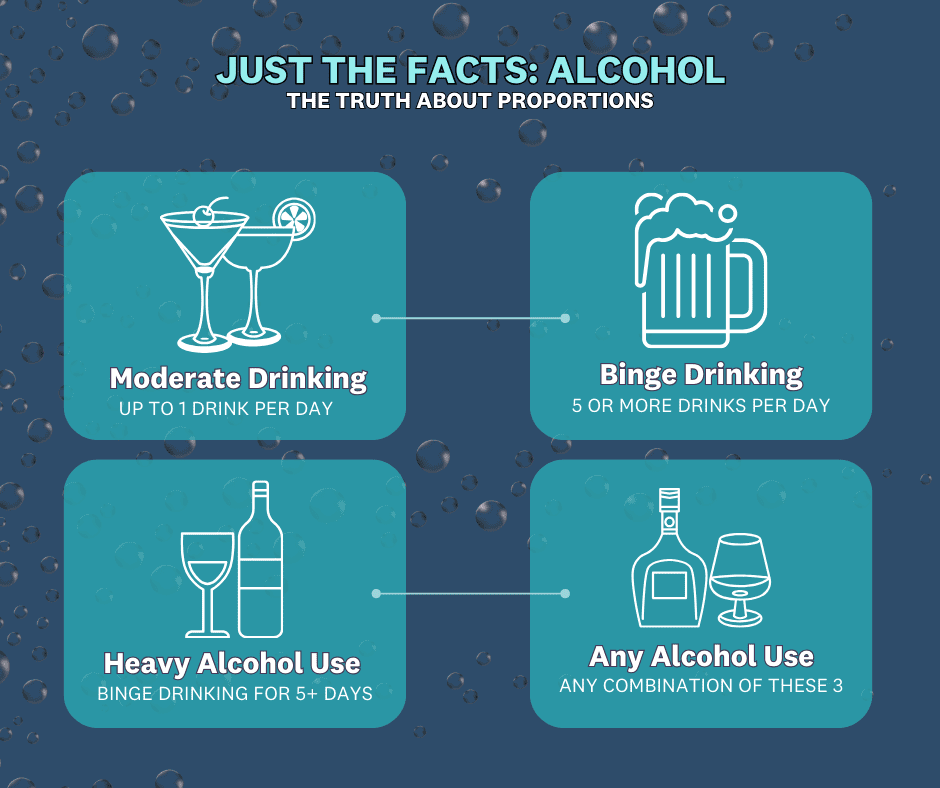Unveiling the mystery behind intoxication: Explore the surprising factors that dictate the number of beers it takes to feel drunk.
Table of Contents
Everyone’s experience with alcohol is unique. Some people can drink a few beers without feeling tipsy, while others may feel intoxicated after just one drink. But have you ever wondered how many beers it really takes to get drunk? In this blog post, we’ll delve into the science behind alcohol metabolism, individual tolerance levels, and various factors that influence intoxication.
Factors Influencing Intoxication
Alcohol metabolism rates vary from person to person. The liver breaks down alcohol at a constant rate, typically processing about one standard drink per hour. However, factors such as genetics, liver health, and enzyme levels can affect how quickly your body metabolizes alcohol.
Body weight and composition also play a role in how alcohol affects you. Generally, the more body fat you have, the less water there is in your body to dilute the alcohol, leading to higher blood alcohol concentrations. Conversely, people with higher muscle mass may metabolize alcohol more efficiently.
Your tolerance level is another key factor in determining how many beers it takes to get drunk. Tolerance can build up over time with regular alcohol consumption, leading to the need for more drinks to feel the same level of intoxication. However, tolerance can also decrease if you take a break from drinking.
Gender differences can also impact intoxication levels. Women tend to have higher blood alcohol concentrations than men after consuming the same amount of alcohol due to differences in body composition and enzyme levels.
Standard Drink Measurements and Intoxication Levels
A standard drink is typically defined as containing about 14 grams of pure alcohol. This roughly equates to one 12-ounce beer with 5% alcohol by volume, one 5-ounce glass of wine with 12% alcohol, or one 1.5-ounce shot of distilled spirits with 40% alcohol.
Blood alcohol concentration (BAC) levels can help gauge intoxication. In most states, a BAC of 0.08% is considered legally drunk. Depending on factors like metabolism, weight, and tolerance, it may take anywhere from one to multiple beers to reach this level.
For example, a 150-pound person may reach a BAC of 0.08% after consuming around four beers in an hour. However, someone who weighs 200 pounds may need to drink more to reach the same level of intoxication.
Tips for Safe Drinking and Avoiding Intoxication
To enjoy alcohol responsibly and avoid overconsumption, consider these tips:

Image courtesy of www.safeproject.us via Google Images
1. Pace yourself: Drink slowly to give your body time to metabolize alcohol.
2. Eat before drinking: Food can slow down alcohol absorption and lessen its effects.
3. Stay hydrated: Alternate alcoholic beverages with water to stay hydrated and reduce intoxication levels.
4. Know your limits: Be aware of how alcohol affects you personally and when to stop drinking.
5. Avoid risky behaviors: Don’t drive, operate machinery, or engage in activities that require alertness while intoxicated.
Conclusion
Understanding the factors that influence intoxication levels can help you make informed decisions about alcohol consumption. While the number of beers it takes to get drunk varies from person to person, it’s essential to prioritize your safety and well-being when drinking. By knowing your limits, pacing yourself, and staying aware of the effects of alcohol on your body, you can enjoy alcohol responsibly and avoid the negative consequences of overconsumption.
How does body weight affect intoxication levels?
Body weight can impact how alcohol affects you. Higher body fat leads to higher blood alcohol concentrations as there is less water to dilute the alcohol. People with higher muscle mass may metabolize alcohol more efficiently.
Can tolerance levels change over time?
Yes, tolerance can build up with regular alcohol consumption, requiring more drinks to feel the same level of intoxication. Tolerance levels can also decrease if you take a break from drinking.
Do gender differences influence intoxication levels?
Yes, gender differences play a role in intoxication levels. Women tend to have higher blood alcohol concentrations than men after consuming the same amount of alcohol due to variations in body composition and enzyme levels.
What are some tips for safe drinking?
To drink safely, pace yourself, eat before drinking, stay hydrated, know your limits, and avoid risky behaviors like driving or operating machinery while intoxicated.
Generated by Texta.ai Blog Automation


Leave a Reply